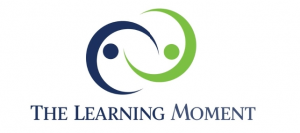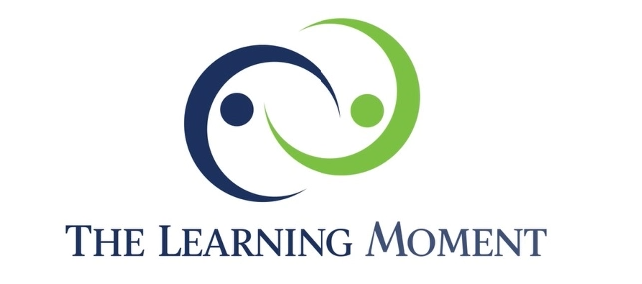Wise CEOs know they must draw from a wide variety of resources to help them lead their companies toward a bright future. Powerful influence comes from all around: books and boards of directors, other leaders we meet at conferences, consultants on occasion, the talent from throughout our entire organization of individual contributors and our inner circle of C’s (financial, marketing, public affairs, all those “chiefs” who promise delivery of the highest-level advice).
But there is one C who stands apart from the rest. The chief HR officer. CEOs who are blessed with a CHRO whom they can trust utterly, and with whom respect is a freely flowing, two-way dynamic, have the advantage of working with a true partner in the service of a shared vision. Often that vision is one that only the two of them can fully comprehend. And, as a team of two, they move the company forward toward an ineffable, people-driven reality that the numbers professionals will be able to quantify only later. It’s a sparkling loyal partnership and a creative chemistry that I wish for every CEO and for every CHRO to experience in their careers. If they could only find each other.
For the last 20 years, I’ve been blessed with such a partnership in the relationship I have with Stan Sewitch, who is my chief people officer. Publically, I may get most of the credit – and whatever celebrity that comes along with it – for creating a culture at WD-40 Company that has netted us a sustained 93% engagement score and a series of products that can be found in almost every household in North America, and increasingly throughout the globe. But what the world sees is truly the outcome of an epic partnership of two people who see the same ideal destination of our journey together.
I’m often asked what the critical components are to the kind of partnership Stan and I have. I have to say there is indeed a bit of luck, chemistry, and magic to our rapport. But there are some aspects to our relationship that are absolutely replicable – assuming both partners are willing participants in the adventure.
I’ve unpacked them for you here:
- There is a shared belief that it’s all about the people. Commitment to creating an environment based on servant leadership requires mutual agreement that our personal interests and priorities take a seat way in the back. CEOs and CHROs are often at different stages of their careers. And it’s not uncommon that their personal agendas aren’t quite in alignment. The CEO, for instance, may be about ego gratification. The CHRO may be about ambition and continuing the upward career climb. Unless there is explicit commitment that their shared work is about everybody else, the culture of servant leadership is sacrificed. “It’s all about the people,” is an idea both leaders should agree on equally. And every conversation starts from that single, shared point of view. This is a bedrock value of leadership in our company, supporting our organizational values, and supported by them. The CEO and the CHRO must have identical values of leadership and organizational evolution.
- There is shared respect for both tough-minded and tender-hearted approaches to challenging business decisions. The servant leadership philosophy requires both mindsets. In the typical scenario, the CEO might come to the table with the tough-minded position, fully anticipating the CHRO to deliver the tender-hearted perspective. Adopting these predictable extremes of perspective all the time will get you and your CEO nowhere. You’ll just butt heads, and eventually one of you will get sick of it, and seek a new partnership elsewhere. But acknowledging the dichotomy that there’s value in both positions will open a space between you that is conducive to free and respectful dialogue where innovative business solutions can emerge. The CEO is truly the CHRO anyway, and the CHRO must be a skilled business leader with a CEO’s perspective.
- There is a shared dedication to continuous learning. My personal motto is ancora imparo, which Michelangelo said when he was 87. Translation: “Learning I always am.” It’s been fashionable for several decades now to trumpet the value of a learning organization. Seems simple enough when you’re talking about creating an environment where the entire employee population is expected to keep up their skills and expand their horizons. But when it gets really personal and individual, meaning you — the CEO or CHRO — are expected to continuously learn, that also means that the two of you together must constantly remind each other that you have committed to open-minded, continual personal growth. In the course of busy days, back-to-back meetings, and high-stakes strategic thinking, slowing down to learn, listen, and perhaps reconsider is an easy thing to put off. With a healthy partnership, the CEO and CHRO can speak to each other – and listen to each other – with the intention of learning how to think better thoughts.
- There is a mutual respect where hard conversations can be had in a safe setting. In a healthy CHRO/CEO relationship there is no fear. The CHRO must be able to present the human case to the CEO with every expectation that the CEO will respectfully listen and honor those considerations commonly dismissed as “soft.” I’ve spoken with way too many CHROs who are afraid to even approach their CEOs with a complex, non-quantifiable conversation. They just assume that the CEOs would not be open to undertaking the challenge of understanding the human experience behind the business narrative. Consequently the CEO doesn’t have the chance to learn a new perspective. Or the CHRO approaches the CEO so timidly that the stage is set for an unbalanced conversation where the outcome is doomed to failure at the outset.
In healthy relationships, the CHROs and CEOs convene in an atmosphere of mutual respect, self-respect, confidence and a shared value that “it’s the people first.” As I think back over the years I’ve worked with Stan, I can’t say that every conversation has concluded the way we both (or each) would have preferred. But I can, with every confidence, say that we each listen to each other with the intention of being influenced by freely shared expertise, wisdom and passion for the best interests of the people and the business.
This is a relationship that can be duplicated anywhere and everywhere.
READY TO GET STARTED?
Get in touch
Send a message with any questions you might have about reaching your workplace goals.


